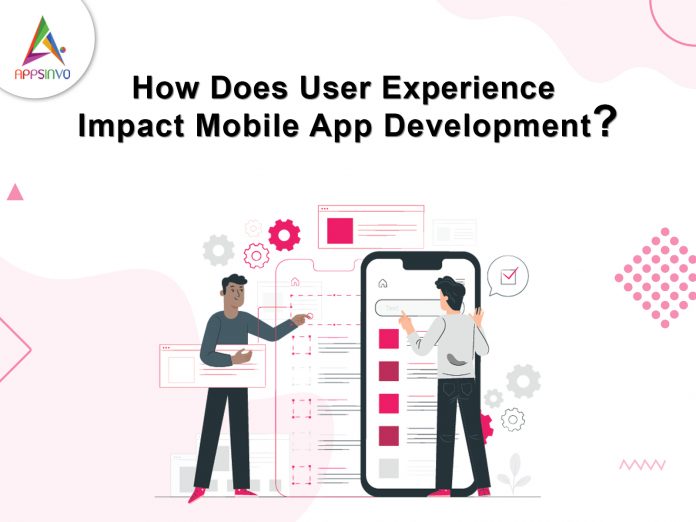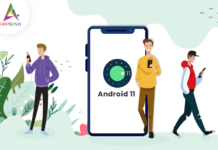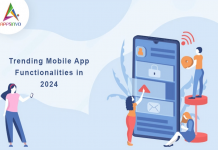They established that user experience, which is abbreviated as UX, is perhaps one of the most influential elements in the development of mobile applications. The correct navigation and design can easily increase a user’s experience and their level of return and positive words about an application. On the other hand, the inconvenient use of an application due to low usability and neglecting of the checklist leads to user annoyance, interrupted sessions, and overall disengagement from using the app.
Here’s a stepwise breakdown of how user experience impacts mobile app development:
1. Research and Planning:
The development process starts with the assessment of the users, which involves studying the market, its trends, and clients with the goal to understand them better.
Some of the aspects of a user include preferences, expectations, and pain points which can be obtained through user interviews, surveys and analysis of user data.
The data is then employed to develop user profiles or personas and then user scenarios as the basis of the app’s layout and features.
2. Information Architecture:
Information architecture also known as IA, it is the manner in which information help features are grouped and ordered within the app.
In simple terms, a good IA ensures users move through the app seamlessly, search as well as locate resources and accomplish their goals in the shortest time.
Elements like content priority, additional menu, and information priority are equally important in order to provide the user with a smooth experience.
3. Interaction Design:
Interaction design is very much a centered on how the user can engage with different elements on the app, these being buttons, gestures and transitions.
The desired outcome would be to achieve an environment that is favourable to the user where most of the operations are almost instinctive.
Decisions of the placement of the buttons, including the transitions based on gestures, and the visual response can change the user’s PageRank for the app substantially.
4. Visual Design:
Usability and Graphic design are related to the color combination, types and fonts, icons, and images presented in the application.
Coordination and organization of the application layout give it a polished look and feel, thus making the application exciting for the user to interact with.
The layouts, brightness, and contrast of the colors also the type of font used must be chosen in such a way as to get a successful and matching result in the environment interface between the software/hardware and the human user.
5. Prototyping and Testing:
A prototype is a similar concept that entails coming up with clickable models of the interface and the application flows within the application.
This can help with feedback, and help the development team address any usability issues before the true development period.
It is a well-known fact that usability testing, in which users are surrogate users of the prototype, is essential to obtain an idea of the apparent simplicity or complexity of the app.
6. Responsive and Adaptive Design:
Mobile apps need to be optimized for a variety of screen sizes and device types, ensuring a consistent and seamless user experience across different platforms.
Responsive design techniques allow the app to adapt its layout and content to fit different screen dimensions, providing an optimal viewing and interaction experience.
Adaptive design goes a step further, adjusting the app’s functionality and features based on the user’s device capabilities, location, and usage patterns.
7. Accessibility:
This concept is a subset of usability since it relates to how disabled people, including visually, hearing, or physically disabled people, can also use this application.
Relating to the previously shown standards, accessibility guidelines like WCAG can help to make the app friendly for more people.
8. Continuous Improvement:
Indeed, user experience is a continuous process where it is crucial to collect feedback on how users behave and adapt the product continuously to these needs.
This can make strange the app, continuously interesting to users, and always within the expected update cycle.
Perhaps, analyzing the feedback of users, application usage statistics, and the comments at the application stores will be helpful in the future.
As this paper demonstrates, it is possible for businesses to develop applications through the multicultural mobile app development process that addresses user needs and provides differentiation to the general population. Cognitive aspects of design imply that a well-designed and logically built app results in high user satisfaction and effective application that will enhance business success.
Please, recall that this is basic information about the process of creating mobile apps’ user experience, and the particular approach may differ based on the app’s functionality, its targeted audience, and other factors. Entailing the development team, UX designers, and the end-users, there is a need to consider values and incorporations that will translate into a highly outstanding app.
Given Below are Some Mobile App Development Related Blogs:- |













This is a great breakdown of how user experience (UX) impacts mobile app development! It really hits home the importance of considering user needs at every step, from design to testing.
Following these principles will definitely lead to a more user-friendly and successful app. Thanks for sharing!
User experience (UX) plays a crucial role in mobile app development by directly influencing user satisfaction and retention. A well-designed UX ensures that the app is intuitive and easy to navigate, which can significantly enhance user engagement and loyalty. By focusing on user needs and preferences, developers can create more effective interfaces and interactions that meet expectations. Poor UX, on the other hand, can lead to frustration and high abandonment rates, impacting the app’s success. Integrating user feedback early and often during the development process helps in refining the app and addressing any usability issues. Ultimately, prioritizing UX in mobile app development leads to a more successful product that stands out in a competitive market. Effective UX design not only improves the overall user experience but also drives positive reviews and word-of-mouth recommendations.